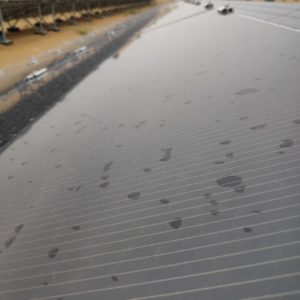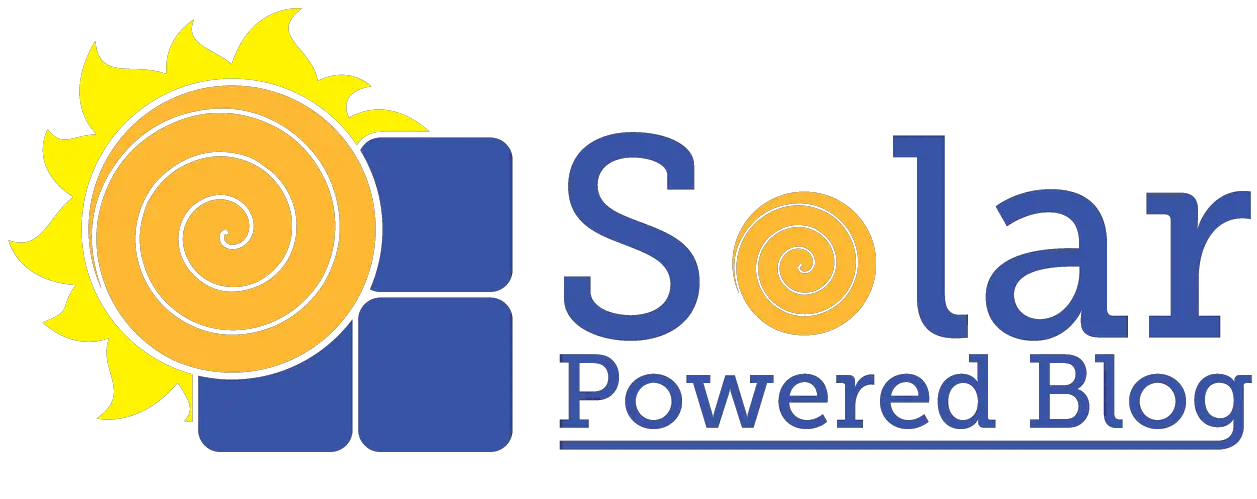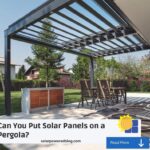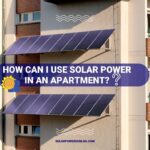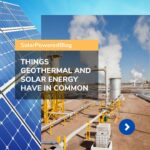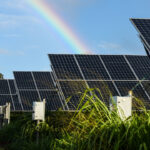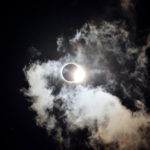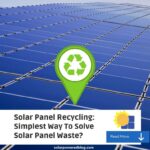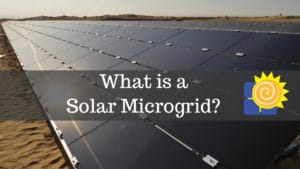Researchers at Ben-Gurion University of the Negev develop a self-cleaning method to remove up to 98% of dust particles when cleaning solar panels. If you are asking if solar modules can also be self-cleaning, the answer is YES!
How does it work?
What does it do to the solar panels?
How does it affect the efficiency of solar modules? We will find out the answers here in this article.
Self-Cleaning Solar Panels
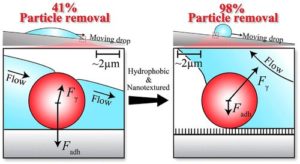
The technique is derived from the concept of a self-cleaning lotus leaf. It uses microscopic mechanisms and forces in cleaning the solar modules. This will help in maintaining the absorption of light and the efficiency of the solar cells.
A new study published in Langmuir confirms that solar panels may greatly minimize the dust particles on the surface using this method. Researchers confirms that this will be possible by making a modification on the modules’ surface property.
As a result, this will reduce the solar energy losses due to the soiling effect. This will greatly help solar farms, especially those that are in desert areas, in harvesting more clean energy from the sun.
What is the Soiling Effect on PV Modules?
PV module soiling effect is the accumulation of dust, dirt or any other particles on the surface of solar panels. This minimizes the efficiency of solar modules as it blocks the sunlight. In short, it is one of the major causes of energy losses in the solar PV systems.
This problem has been a major challenge to solar PV systems in harnessing the free energy from the Sun. Thus, new solutions are needed in order to maximize the solar energy harvesting efficiency. This is especially true in a desert area like Negev, Israel.
Tabea Heckenthaler, one of the researchers, says “In nature, we observe that the lotus leaf remains dust and pathogen free due to its nanotextured surface, and a thin wax, hydrophobic coating that repels water.”
“In the desert, dust accumulates on the surface of solar cells and it’s labor-intensive to clean them constantly, so we’re trying to mimic this behavior on a solar cell.”
The researchers aims to mimic the properties of the lotus leaf. When water rolls down the leaves, the lotus has the self-cleaning properties that removes any contamination on its surface. This is what they want to explore and to apply into the surface of the solar photovoltaic cells.
Superhydrophobicity on Solar PV Modules
Superhydrophobicity also known as ultrahydrophobicity is not a new concept. It was discovered by Dettre and Johnson in 1964.
The superhydrophobicity property minimizes the friction that is present between water particles and the surface. In effect, this allows the water to wash away any particles from surfaces.
To fully understand this method, you need to know the mechanisms and the effect of nanotextures behind these processes.
To shed light on these forces and the effect of nanotexture on them, the researchers prepared four silicon-based samples relevant to solar panels:
- smooth hydrophillic.
- nanotextured hydrophilic surfaces.
- smooth hydrophobic.
- nanotextured hydrophobic surfaces.
This was achieved by wet-chemically etching the surface to create nanowires on the surface, and additionally applying a hydrophobic coating.
Particle removal increased from 41 percent on hydrophilic smooth Si wafers to 98 percent on superhydrophobic Si-based nanotextured surfaces. The researchers confirmed these results. It was done by measuring the adhesion of a micron-sized particle to the flat and nanotextured substrate using an atomic force microscope. They found that the adhesion in water is reduced by a factor of 30.
“We determined that the reason for the increased particle removal is not low friction between the droplets and the superhydrophobic surfaces,” Heckenthaler says. “Rather, it is the increase in the forces that can detach particles from the surfaces. The experimental methods we used and the criterion for particle removal we derived can be implemented to engineer self-cleaning surfaces exhibiting different chemistries and/or textures.”
Bottom Line
More studies and researches are welcome in making our solar energy applications more effective like applying self-cleaning properties to the solar panels. New developments and researches on solar energy will greatly help in having a sustainable future. The studies to make solar PV systems more efficient is one of the greatest arsenal that we can have in countering the stumbling blocks of the renewable energy.
Read more and know more through Solar Powered Blog, especially, if you want to learn more about the advantages and disadvantages of solar energy.
Source: https://phys.org/
